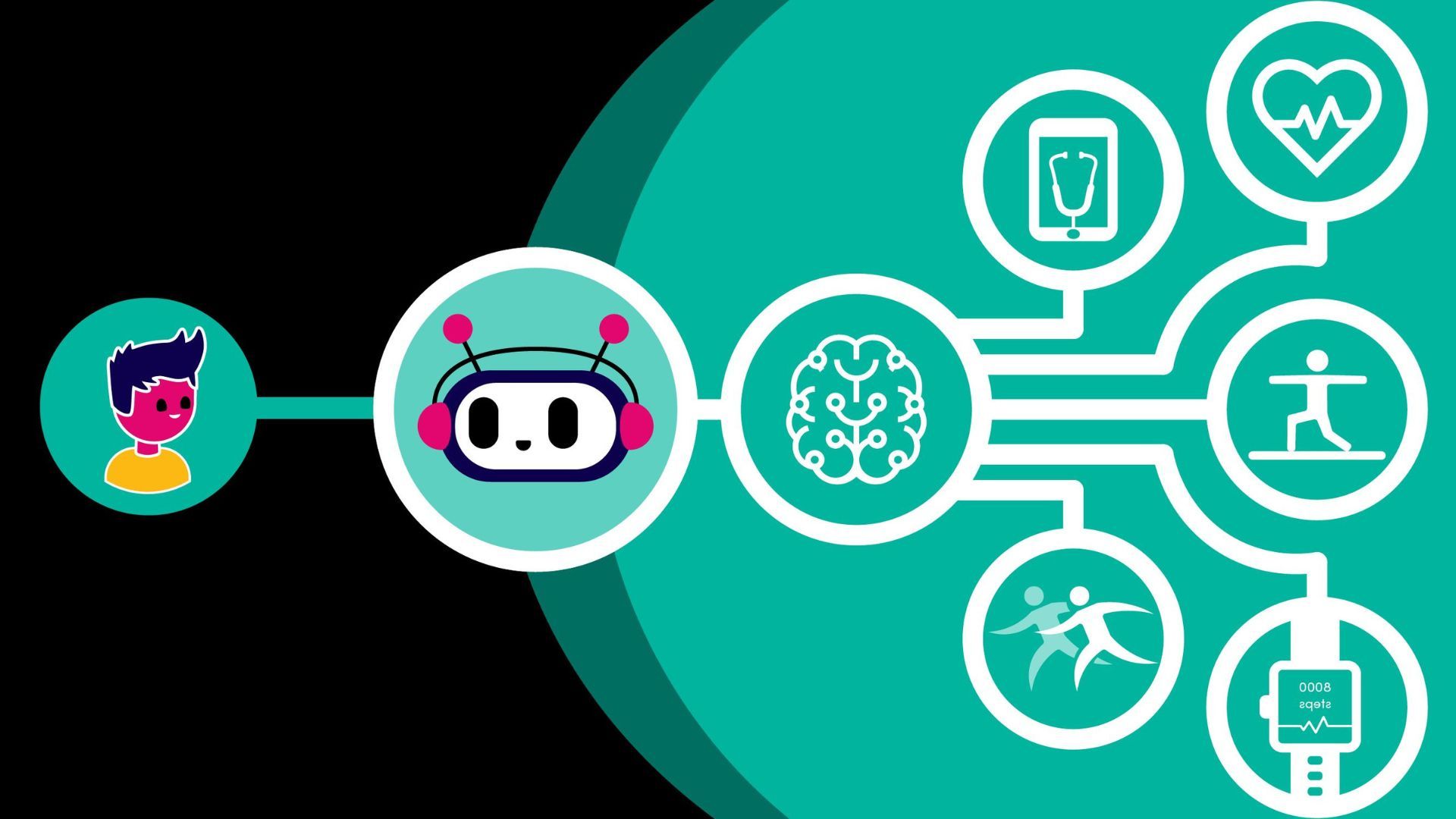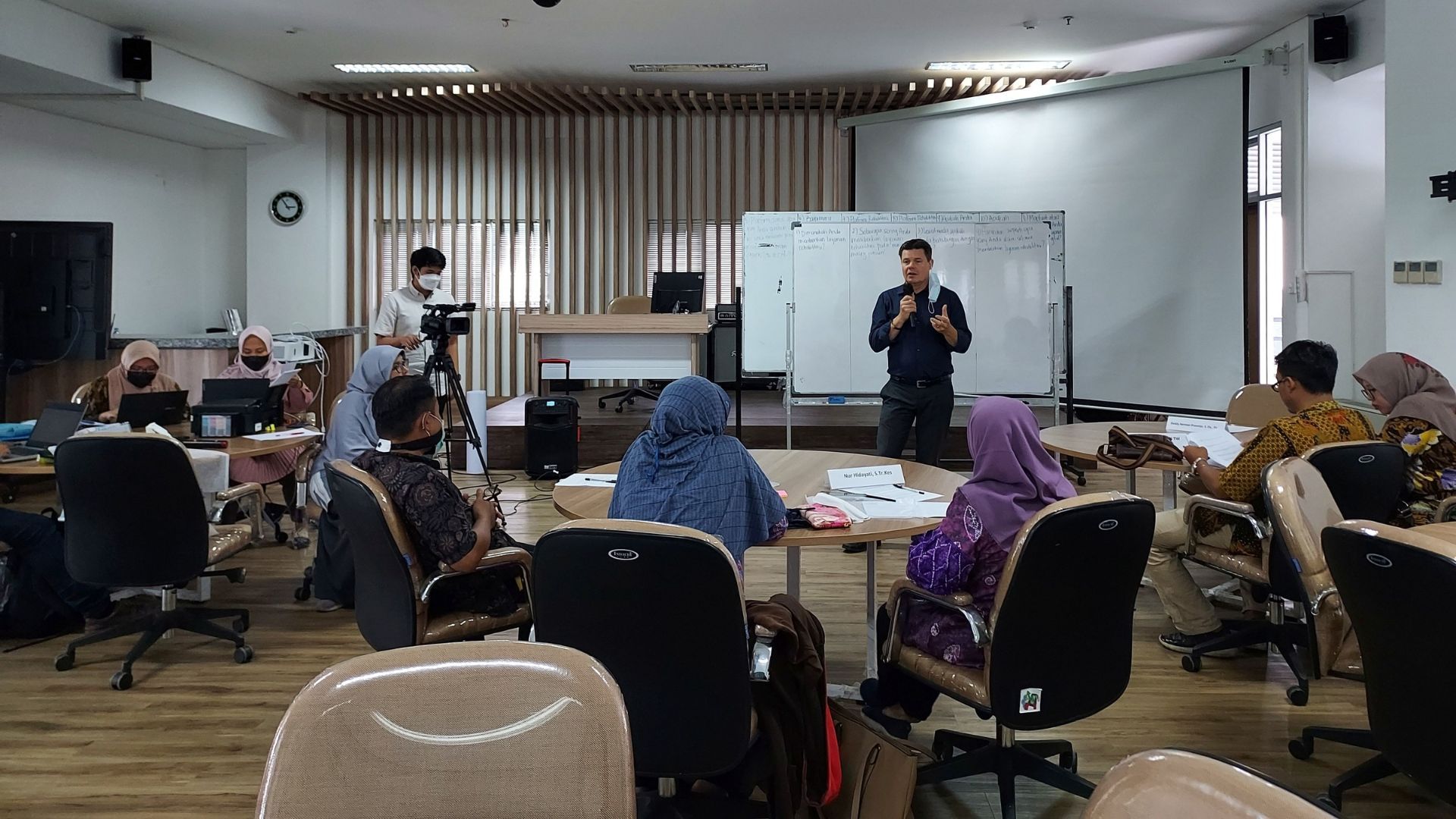Human-Centered Design is the key for a successful development of AIRe Platform, an intelligent, globally scalable and human-centric digital-first rehabilitation solution. The overall goal of the AIRe Platform project is to improve access to rehabilitation services globally, especially for those in vulnerable positions in middle- and low-income countries, by harnessing modern digital technologies, including AI. High-income countries also benefit from better accessibility as well as improved availability and quality of rehabilitation services.
The AIRe Platform aims to support service users in their own everyday environment at the right time without being dependent on professionals’ presence. It also empowers people to take ownership of their own rehabilitation and well-being. The AI-powered rehabilitation platform helps the service user with their need identification and goal setting for rehabilitation, gives tailored suggestions about services, exercises, and other content that is integrated in or interoperable with the system, reviews the progress, and gives feedback and motivates the service user, to mention a few of the intended capabilities of the platform.


